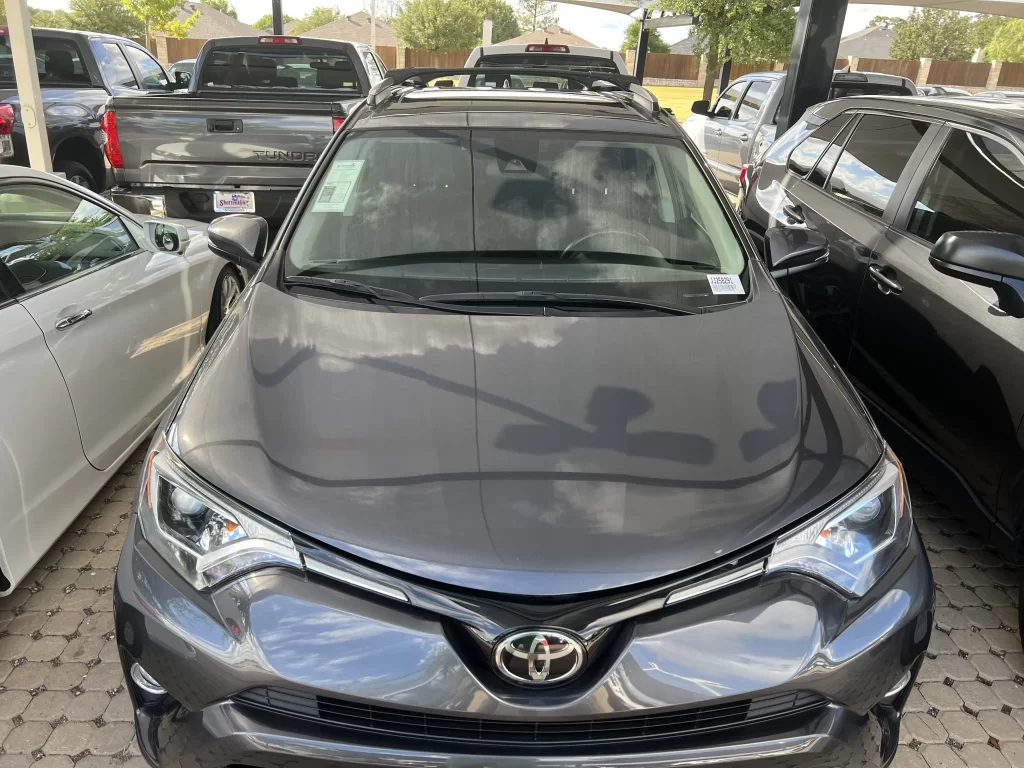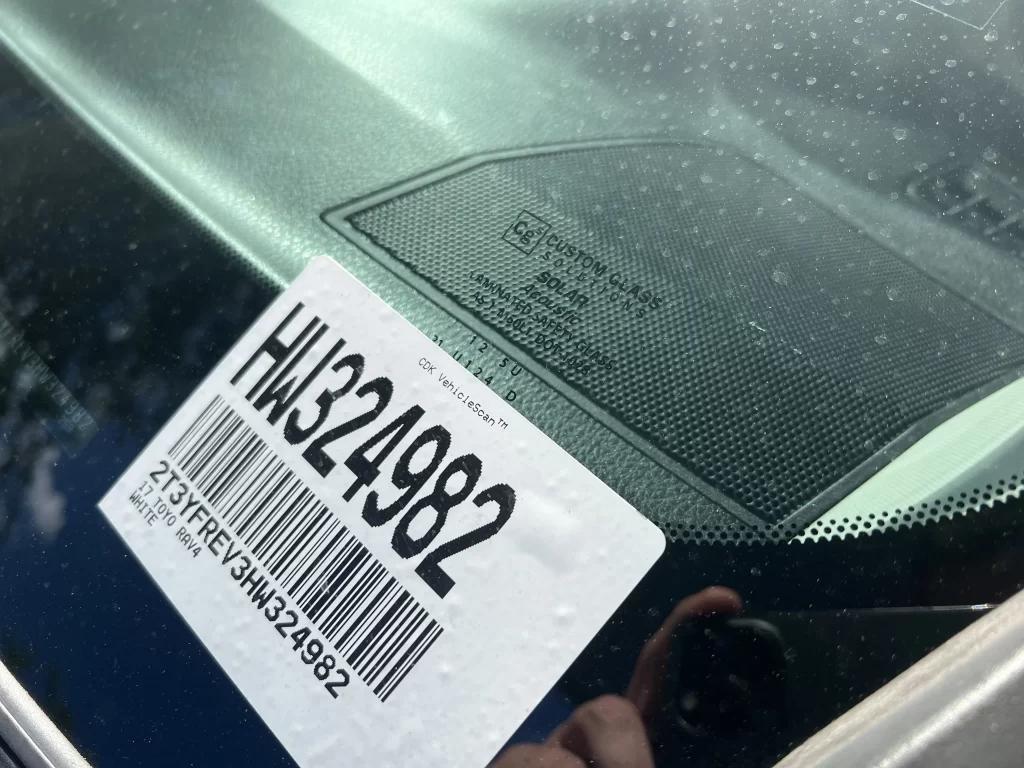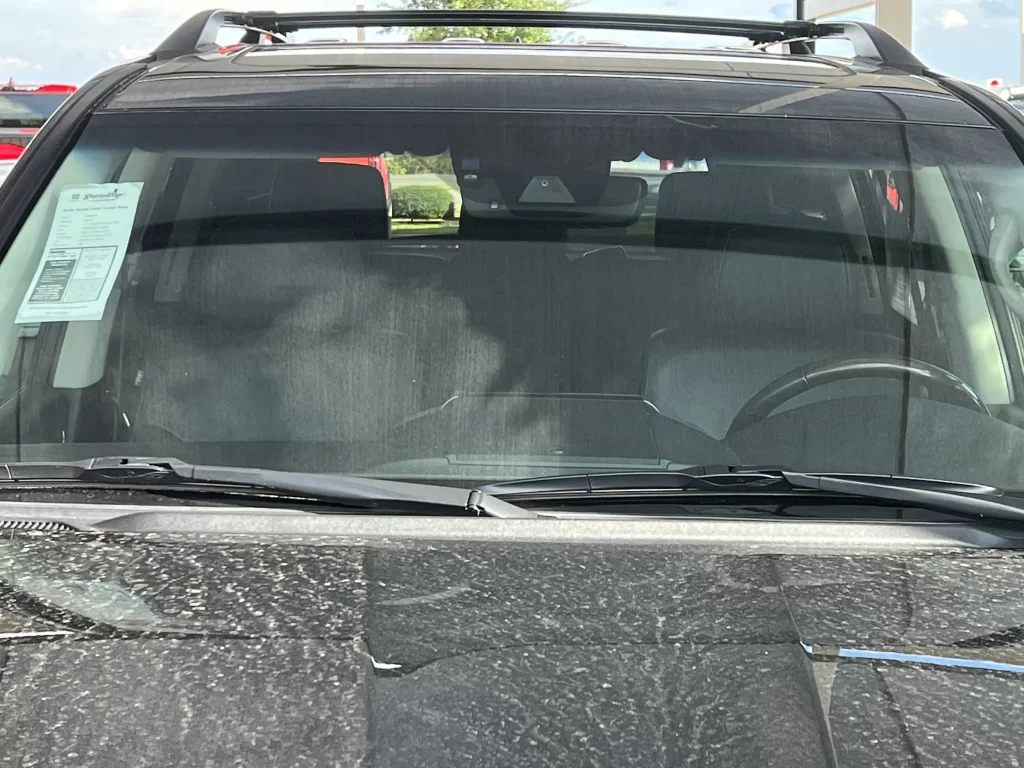Toyota Windshield Replacement Information and Find Glass Repair Service Near Me




Calibration Method : Static Recalibration Required by Toyota when performing the windshield replacement on certain Toyota Vehicles.
Original Equipment Glass Manufacturers for Toyota : AP Tech, AGC Glass
Known Toyota Models: 4Runner, 86, Avalon, Avanza, C-HR, Camry, Celica, Corona, Cressida, Corolla, Corolla Cross, Corolla iM, Echo, FJ Cruiser, FJ40, Hiace, Highlander, Highlander Hybrid, Hilux, Land Cruiser, Matrix, MR2, Prius, Prius C, Prius Prime, Prius V, Raize, Rav4, RAV4 Prime, Rush, Sequoia, Sienna, Solara, Supra, T100 Pickup, Tacoma Pickup, Tercel, Tundra Pickup, Venza, Yaris, Yaris iA, Yaris R
Introduction
Toyota is a Japanese automobile manufacturer that has become one of the most popular and recognizable brands in the automotive industry. The company was founded in 1937 and has grown to become the world’s largest automaker by volume. Toyota is known for producing reliable and efficient vehicles that are affordable and environmentally friendly.
When it comes to replacing a windshield on a Toyota vehicle, it is important to choose a qualified and experienced technician. Toyota vehicles are equipped with high-quality, factory-installed glass that meets strict safety standards. The original equipment manufacturer (OEM) of the glass is typically either Pilkington or Nippon Sheet Glass (NSG), both of which are well-respected suppliers in the automotive industry.
Many newer Toyota models incorporate advanced driver assistance systems (ADAS) technology, such as pre-collision systems and lane departure warning. ADAS features require cameras and sensors that are mounted in the windshield. Correct calibration of the replacement glass is crucial to ensure that the system functions properly.
Some of Toyota’s most popular models include the Corolla, Camry, RAV4, and Tacoma. These vehicles are known for their reliability, comfort, and practicality. The cost of replacing windshields and door glass on Toyota vehicles can vary depending on the model and extent of the damage. On average, windshield replacement costs range from $200 to $500, while door glass and window regulators can range from $150 to $300.
Replacing a windshield on a Toyota typically takes about an hour, but calibration of the ADAS systems can add additional time. It is important to work with a qualified technician who has experience working on Toyota vehicles to ensure that the replacement is done correctly and to maintain the safety and integrity of the vehicle.
Toyota vehicles are equipped with a variety of advanced driver assistance systems (ADAS) that help drivers stay safe on the road. The Toyota Safety Sense suite of technologies includes features like pre-collision systems, lane departure warning, and automatic high beams. These systems use cameras and sensors to detect obstacles and alert drivers to potential hazards.
Toyota has also introduced its Safety Connect system, which provides emergency assistance in the event of an accident or other emergency. The system uses a combination of GPS and cellular technology to connect drivers with emergency responders.
Using original equipment manufacturer (OEM) glass is essential when replacing a Toyota windshield. OEM glass meets the manufacturer’s specifications, providing the same level of safety and functionality as the original windshield. Toyota recommends using OEM glass to maintain the integrity of the ADAS system and ensure proper calibration of the cameras and sensors.
Replacing a Toyota windshield or door glass and window regulators is best left to certified technicians to ensure proper installation and calibration of the ADAS system. The process of replacing and calibrating the ADAS system can take a few hours, depending on the system’s features and complexity. The cost of replacement varies depending on the vehicle model, year, and extent of damage.
Toyota is a company that is constantly exploring and innovating with new technologies, and glass is no exception. Here are some of the glass technologies that Toyota has been working on:
- Smart Glass: Toyota has been developing a smart glass technology that can be used in the windows of cars. This glass is capable of changing its opacity, allowing the passengers to control the amount of light that comes into the vehicle. The glass can also be used as a display, providing information to the passengers.
- Hydrophilic Glass: Toyota has developed a hydrophilic glass technology that makes the surface of the glass water-repellent. This means that rainwater will run off the glass instead of sticking to it, improving visibility and safety when driving in wet conditions.
- Anti-Fog Glass: Toyota has developed an anti-fog glass technology that uses a special coating to prevent fog from forming on the surface of the glass. This technology improves visibility and safety when driving in cold or humid conditions.
- UV-C Glass: Toyota has developed a UV-C glass technology that uses ultraviolet light to disinfect the air inside a car. The glass is coated with a special material that can generate UV-C light, which kills bacteria and viruses in the air.
- Lightweight Glass: Toyota is working on developing lightweight glass technologies that can reduce the weight of cars, improving fuel efficiency and performance. These technologies include using thinner glass, as well as using new materials like polycarbonate instead of traditional glass.
Overall, Toyota’s glass technologies are focused on improving safety, comfort, and performance in their vehicles. They are constantly exploring new ideas and technologies to stay at the forefront of automotive innovation.
Toyota offers a range of Advanced Driver Assistance Systems (ADAS) features in their vehicles, including:
- Toyota Safety Sense (TSS): This is a suite of ADAS features that includes features like Pre-Collision System (PCS), Lane Departure Alert (LDA), Automatic High Beams (AHB), and Dynamic Radar Cruise Control (DRCC). PCS uses radar and cameras to detect potential collisions and can automatically apply the brakes to prevent or mitigate an accident. LDA uses cameras to detect lane markings and provide warnings to the driver if the vehicle starts to drift out of its lane. AHB uses cameras to automatically switch between high and low beams depending on the presence of other vehicles. DRCC uses radar to maintain a safe following distance between the Toyota vehicle and the car in front of it.
- Blind Spot Monitor (BSM): This system uses radar to detect vehicles in the Toyota vehicle’s blind spot and provide warnings to the driver.
- Rear Cross-Traffic Alert (RCTA): This system uses radar to detect vehicles approaching from either side of the Toyota vehicle when reversing, and provides a warning to the driver.
When replacing the windshield in a Toyota vehicle with ADAS features, it is crucial to ensure that the camera and radar sensors are properly calibrated. Improper calibration can cause the ADAS features to malfunction, leading to potentially dangerous situations.
Therefore, it is highly recommended to take your Toyota vehicle to a certified dealership or a professional auto glass shop with expertise in ADAS calibration for windshield replacement. They will have the necessary equipment and expertise to properly align and calibrate the ADAS system after the windshield replacement, ensuring the safety and reliability of the system. Toyota also recommends recalibrating the ADAS system after any suspension or wheel alignment work, or after any repair or replacement of the camera, radar, or ultrasonic sensors.
